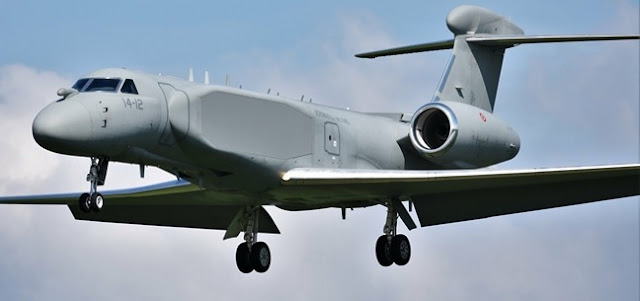Jura The idiot
General
noticed
Australia picks Raytheon for Aegis integration on Hunter-class frigates
Australia picks Raytheon for Aegis integration on Hunter-class frigates
The Australian defense ministry has selected Raytheon Australia to act as the country’s Aegis systems integration agent.
Defense minister Christopher Pyne announced that the ministry issued a limited request for tender to Raytheon to establish a deed of standing offer under which Raytheon Australia will provide Aegis combat system integration support for up to six years.
The Aegis combat management system is already fitted to the Hobart-class air warfare destroyers and will be fitted to the Hunter-class frigates as well.
“Raytheon Australia will provide defense with their demonstrated expertise for the successful implementation, evolution and continuous development of Aegis combat systems in our current and future surface combatants,” Pyne said.
“Selecting Raytheon Australia for this limited tender will provide workforce continuity and allow Defence to leverage from their recent Aegis experience gained as the Combat System Integrator role for the Hobart Class Destroyers.”
Subject to successful negotiations, the contract should come into effect by mid-2019.
Aegis is an integrated missile guidance system used on US Navy and allied ships to protect the battle group. Using an S-band phased-array radar, the Aegis SPY-1 radar acquires and tracks multiple targets, such as planes and missiles, and defends against them.
Hunter-class program
The Royal Australian Navy’s Hunter-class frigates will be delivered by BAE Systems under a contract from October 2018. The ships will be based on BAE’s Type 26 design and will support anti-submarine warfare, air defense and general-purpose operations.
The project to build a total of nine Aegis-equipped frigates is worth an estimated A$35bn and will replace the existing fleet of Anzac-class frigates. The new frigates will be almost 150 meters long, displace 6,900 tons and carry a 24-cell Mk41 vertical launch system. The Australian frigates will be fitted with CEAFAR 2 phased array radar and the Lockheed Martin-developed AEGIS combat system.
Construction will take at the ASC Shipyard – which will owned by BAE Systems for the duration of the program – and is expected to start in 2020.





